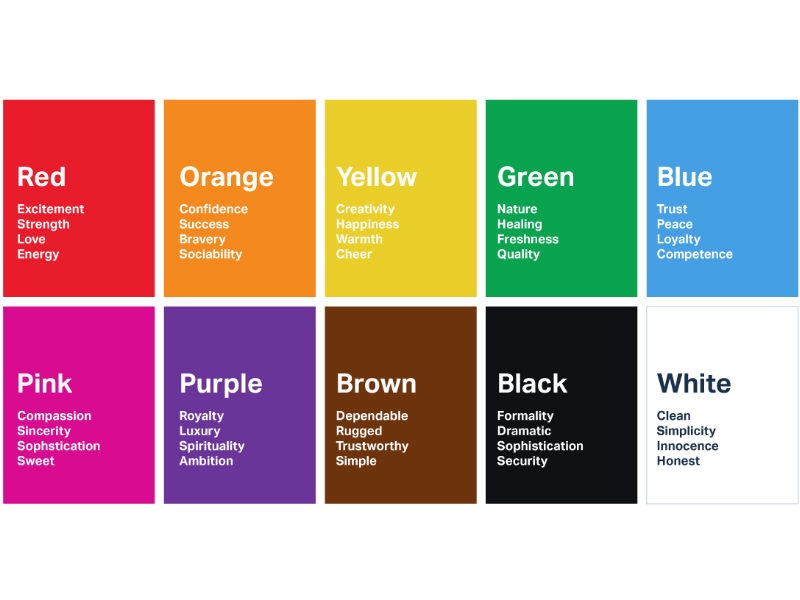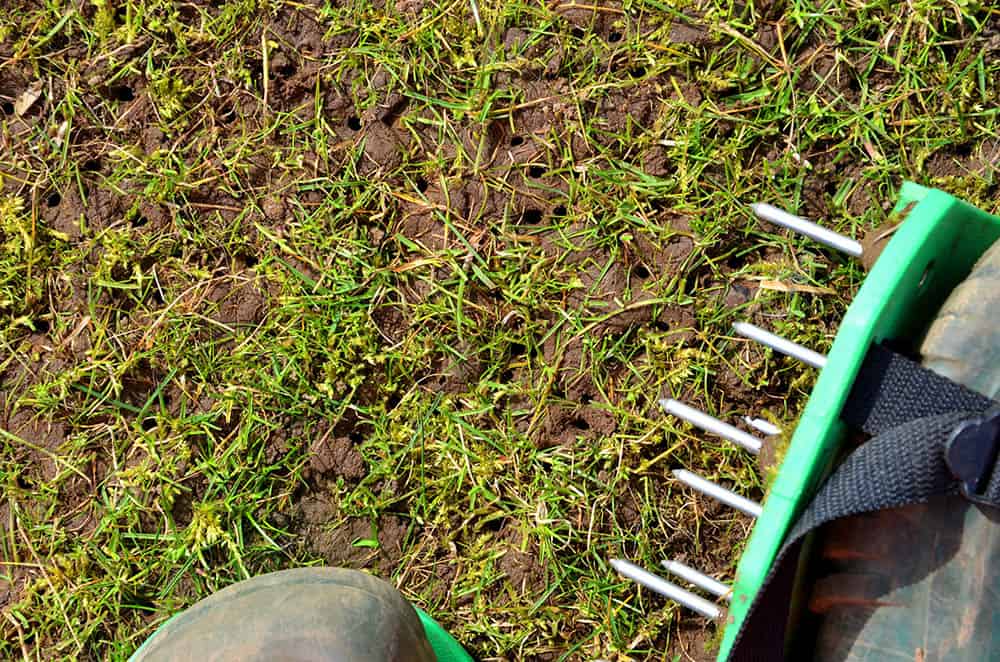Laundry care symbols are used to help people understand how to wash their clothes.
Some symbols indicate the type of fabric, while others tell you how much water and detergent are needed for a specific kind of item. There are different ways that clothing labels provide this information as well, including by using words such as “Wool” or “Delicate.”
In this article, we’ll explore why it’s important to know the symbols and how you can find out which symbol your clothes have. Keep reading to find out more.

Image Credit: http://ihateironing.com
What are laundry care symbols?
The symbols on your clothing labels or tags are called laundry care symbols. These can give you general washing instructions, like whether an item is dry-cleaned only, machine washable, or hand wash only, and/or more specific guidelines on how to care for the piece of clothing.
By using the laundry care symbols, you can get closer to understanding how to take care of your clothes. Some symbols indicate the type of fabric, while others tell you how much water and detergent are needed for a specific kind of item.
How do you decipher them?
Different countries use different laundry care symbols. Therefore it is important to note that there isn’t just one universal set of washing instructions on clothing labels around the world.
The United States often uses basic graphics on their tags (including dots inside shapes) while other countries might include text like “Machine wash cold,” or “Do not bleach” in addition to or instead of symbols. It is great to know what the laundry care symbols are for your favorite clothing brands, but it can be even more helpful to learn how you can decipher them yourself.
Why is it important to know the symbols?
Knowing and understanding how to read your clothing labels can not only save you money in laundering fees and ensure that clothes last longer, but also help reduce the amount of water pollution you create.
Laundry care symbols can indicate whether a piece of clothing needs to be washed in cold or warm (or even hot) water, which often helps cut down on energy costs for heating wash water.
This can be especially helpful if you live in an apartment with communal laundry facilities where the machine already has hot water running through it before you start using it. Another great benefit is that by giving your clothes the proper care and attention they need, you will be able to maintain their appearance and make them last longer.
How you can find out which symbol your clothes have
Since there isn’t just one universal set of washing instructions on clothing labels around the world, it’s best to look up how your favorite brands recommend caring for each piece of clothing.
Many major companies with multiple locations across different countries provide information about laundry care symbols on their website or online help section. Additionally, if you know where a garment was purchased and plan on returning there again in the future you can ask an employee what type of symbols it has so that you can know what to expect when you care for it in the future.
For clothes from brands without a website, you might have to do some more investigating. With a small amount of research, you should be able to find out which laundry care symbols they use and how those correspond with general washing instructions around the world.
If you know the symbol, but don’t understand what it means, you can use an online translator or speak with someone who speaks both English and the language that matches up to your washing instructions. Most importantly, if you’re buying clothes for yourself or caring for clothes that were bought as a gift for someone else, make sure that they are washable before purchasing them.
Where else do you see these symbols?
When it comes to doing laundry, remember that laundry care symbols aren’t just found on laundry tags. They can be found on just about anything that you might wash in the washing machine. Most common are clothing care symbols, but you can also see them on your bed sheets, towels, curtains, and even tablecloths.

Image Credit: http://tide.com
The next time you go to do a load of laundry or send something out for dry cleaning make sure to look up its symbols so that you know what kind of care it needs. This will help cut down on costs from using the incorrect amount of detergent or having your clothes accidentally bleached.
International Laundry Care Symbols – FAQ
How did the international laundry care symbols come about?
The development of a common set of symbols was born out of necessity, in response to the great demand for standardized symbols within internationally operating textile companies. The need for easily recognizable symbols that are not language-dependent but are valid worldwide has been widely recognized over recent years by garment manufacturers, laundries, and consumers alike.
How do I clean my washer?
Cleaning a washer is more than just putting some clothes in and pressing a few buttons.
It takes some planning, preparation, and the proper use of cleaning products; it’s important to know how to do it properly.
There are many different types of washers – top-loaders and front loaders being the main types. This means that washing machine cleaning is a little different depending on the type you have. But there are a few general rules that clean all washers: don’t overload your washer, avoid using too much detergent or bleach, and always follow the instructions given by your manufacturer for safe usage.
Final thoughts on international laundry care symbols
In conclusion, there are a wide variety of symbols used in laundry care symbols. The main goal for these symbols is to make sure that clothes can be safely washed and cleaned. Even with the development of new cleaner ingredients, these symbols will still work effectively so it’s important to pay attention to them before washing your clothes.
The post International Laundry Care Symbols appeared first on Kitchen Infinity.
Did you miss our previous article…
https://chefbuano.com/?p=650







